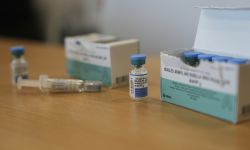Michigan public health agencies ax programs amid federal cuts
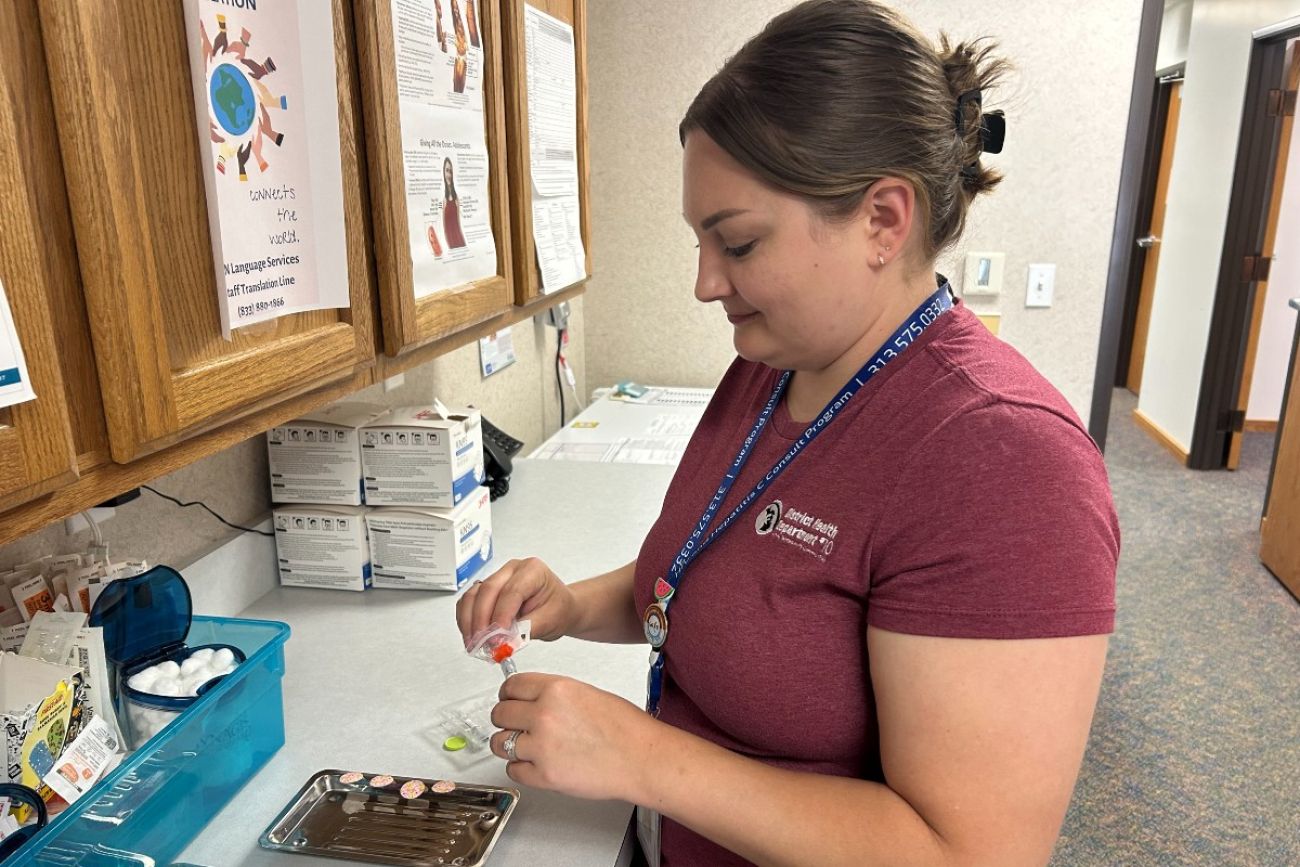
- Public health agencies lost COVID-19 relief funds early and face cuts in the proposed federal budget
- Public health agencies also expect to lose money from Medicaid cuts in the ‘big, beautiful bill’
- The cuts have already led to axed and scaled-back programs
A cloud of uncertainty hangs over Michigan’s local public health departments as they prepare their fiscal year 2026 budgets.
That’s because the health departments have been hit in recent months by a triple whammy of budgetary setbacks: In March, President Donald Trump abruptly cut federal COVID-19 relief funding that health departments had expected to have until June 2026. On July 4, Trump signed his “big, beautiful bill” into law, aiming to trim Medicaid spending by around $1 trillion through 2034, affecting scores of public health department clients. The current proposed federal budget for 2026 could axe funding for emergency preparedness and preventative health care programs.
Backers of the federal actions said they’re meant to right-size a bloated federal government and eliminate fraud, waste, and abuse in federal health care programs.
But the setbacks have forced the state’s 45 public health departments — who handle everything from restaurant inspections to immunizations to school nurses — to axe or scale back on programs such as health educators and a program meant to combat tuberculosis.
“My level of concern is high right now,” said Kevin Hughes, health officer for District Health Department No. 10, which serves a broad swath of northwest and west Michigan. “It’s a lot of uncertainty and it’s a lot of wait and see.”
RELATED:
- Michigan doctors urge vaccination as measles cases hit national record
- Trump gets his ‘big, beautiful bill.’ What it means for Michigan
- Michigan rural hospitals at risk under Trump’s ‘beautiful’ bill, experts say
Michiganders will feel the cuts, said Norm Hess, executive director of the Michigan Association for Local Public Health.
“There's a lot of programs that people don't even necessarily realize are coming from the health department because sometimes they happen in a school or sometimes the person comes out to your house,” Hess said. “A lot of people think they don't use public health when they actually do, and they would notice that the service is slower, or the services aren't available, or (they) have to travel farther to get them.”
‘The rug got pulled out from under us’
As the coronavirus pandemic wound down, DHD No. 10 used some of the federal COVID-19 relief funding to enhance work they were already doing. Hughes said that work continues and they can still provide COVID-19 immunization at any of their clinics.
But some of the funding went to the health department’s health resource advocates, individuals who worked in schools as health educators providing nutrition, mental health and other health-related education to students.
When the money was taken away, DHD No. 10 shifted about seven advocates into other positions. The health department wasn’t able to do so with two of the advocate positions because of funding cuts.
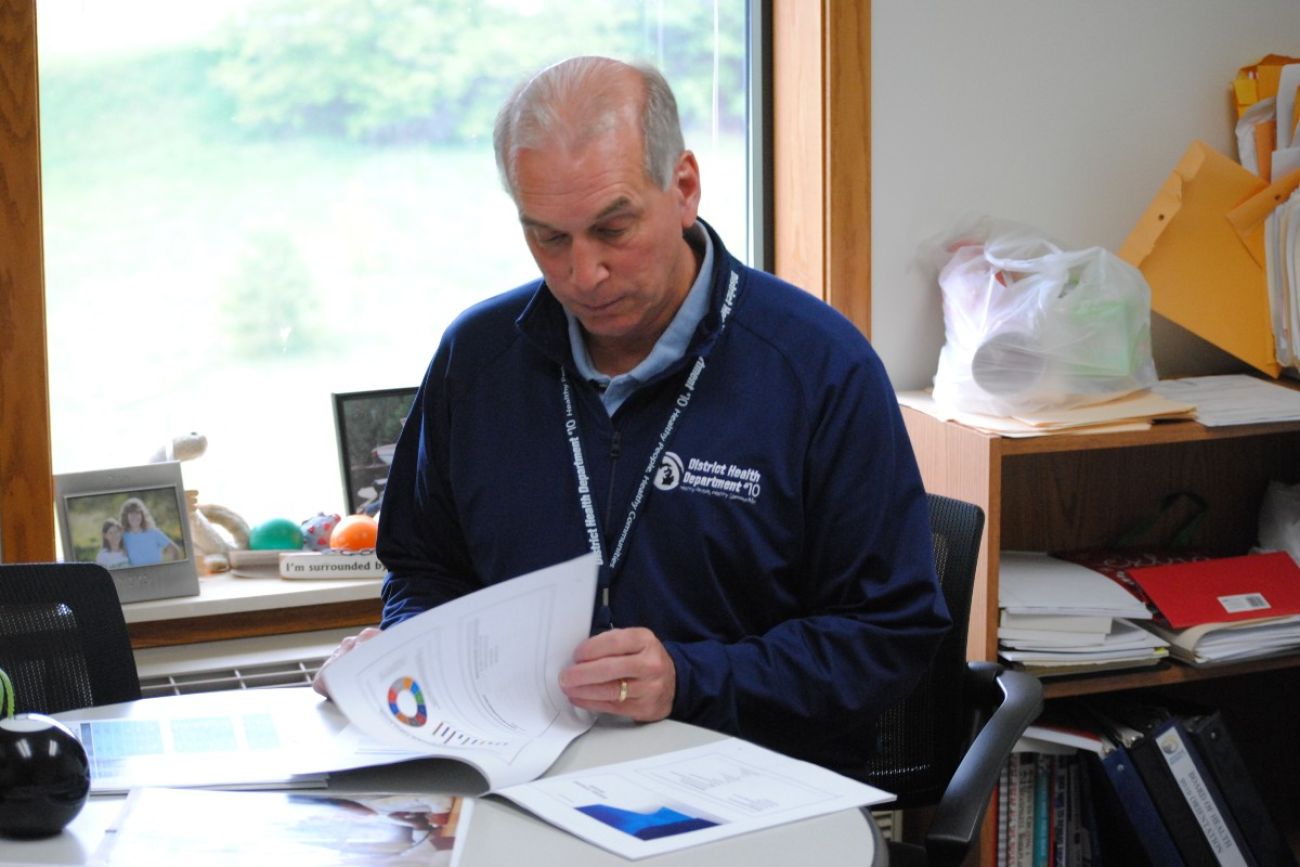
Hughes said the department’s advocates can now operate under either adolescent health center funding or US Department of Education money that schools can use to pay for health care workers. The adolescent health center funding comes from a combination of sources including the state health department and the Michigan Primary Care Association, an organization that supports and advocates for health centers.
Under the new funding source, Hughes said his department has more flexibility in the services it can provide schools, including evaluating sick students and treating minor injuries.
Steve Hall, health officer for the Central Michigan District Health Department, which covers much of mid-Michigan, said the cuts to his department’s COVID relief funding caused the department to lose three temporary health resource advocates. While officials knew the positions would go away once the funding stopped, Hall said they didn’t expect it to happen as soon as it did.
Staffing wasn’t the only area impacted by the lost funding. The Central Michigan DHD had also started a pilot project to find a more efficient way to treat latent tuberculosis in rural Michigan. Latent TB is a condition in which TB bacteria is present in a person’s body, but the bacteria is inactive and doesn't cause any disease symptoms.
Hall said the project would’ve covered 19 counties and included DHD No. 10 and the Mid Michigan District Health Department. The idea behind the project was to have people who are dedicated to handling latent TB cases when they pop up.
Central Michigan DHD hoped to find a way to make the program self-sustainable once the COVID relief funding ended by looking at ways to collect payments for services provided to clients.
When the funding was taken away, Hall said they decided to end the project.
“It was very disappointing,” he said. “We had just flipped the switch to start the program and the rug got pulled out from under us.”
There is uncertainty about the future of other programs and services statewide, said Hess, of the statewide public health association.
Funding for the Public Health Emergency Preparedness Program is one concern for health departments. The program is funded through a combination of federal and state resources, with the US Centers for Disease Control and Prevention a key source of funding.
Cuts to the program have been proposed in the 2026 federal budget, separate from Trump’s “big, beautiful bill.”
Since the Sept. 11, 2001 terrorist attacks, every health department has been required by the state to have an emergency preparedness coordinator. Hess explained that those coordinators work with local emergency managers to keep a community’s emergency response plans up to date and coordinate training exercises for various emergencies such as natural disasters and public health crises.
Hess said cuts to the program could mean some health departments wouldn’t be able to employ a coordinator, which would mean coordination between public health and emergency management would be more difficult.
“I think we would be less prepared for a disaster,” Hess said. “There'd be training that doesn't happen. There'd be things that aren't thought about ahead of time.”
Also at risk, Hess said: The state health department gets around $6 million it can use to address specific local health department needs such as workforce development or preventative health care projects.
‘It’s not fair’
Cadillac resident Laura Grider could be impacted by the cuts and changes to Medicaid.
She developed a thyroid disorder that progressed into thyroid cancer in 2012. Doctors had to remove her thyroid and Grider now takes a medication called levothyroxine once a day to treat her hypothyroidism (underactive thyroid).
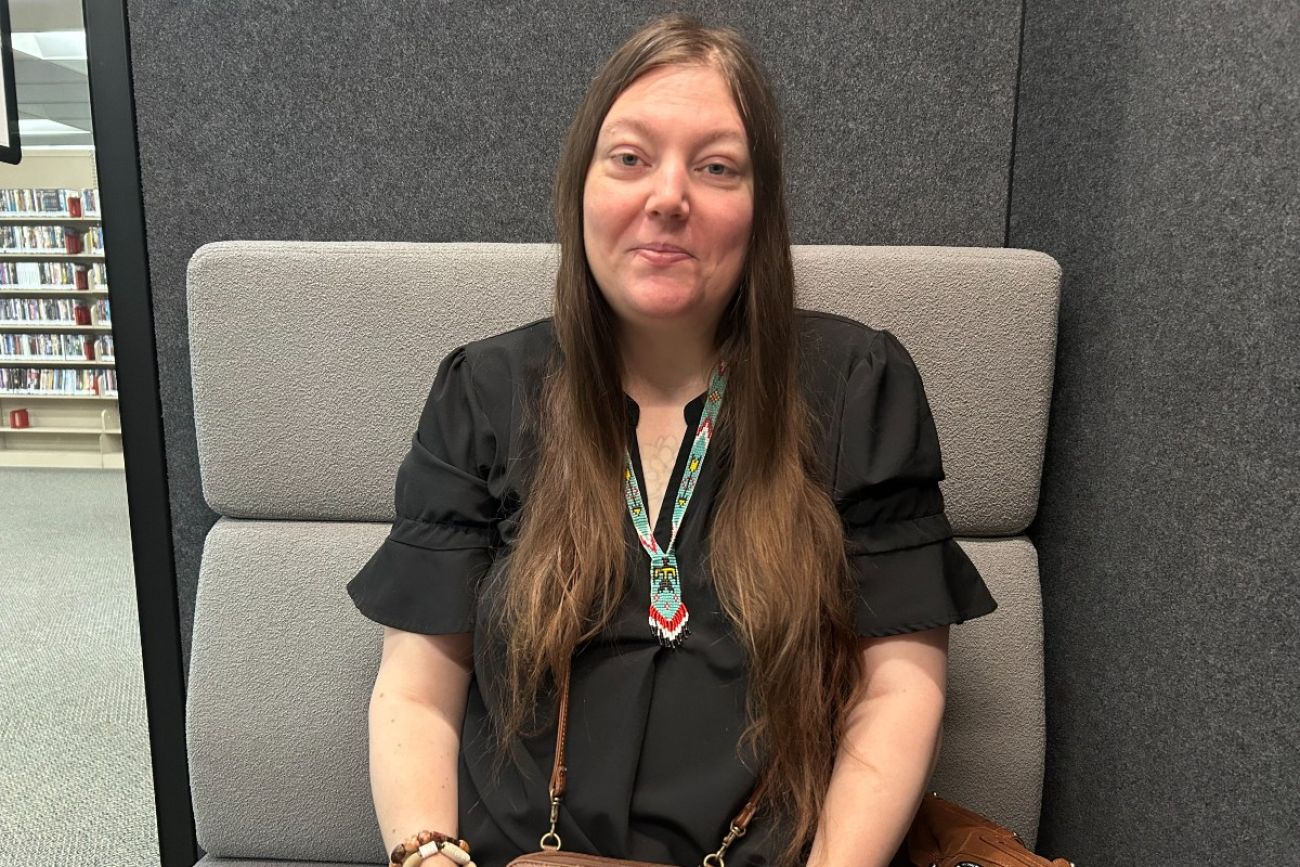
With little to no income, Grider has been on Medicaid for 20 years and uses it to pay for her thyroid medication. Without the medication, her body would shut down because it can’t produce the hormones essential for many bodily functions.
Grider also takes medication for diabetes and schizoaffective disorder, bipolar and depression, sees a therapist and a psychiatrist and gets rides to and from doctors’ appointments, all covered by Medicaid.
“It’s a scary thought to possibly lose my Medicaid because, without it, I would be out of luck,” she said. “I could end up in the hospital, dying without it.”
Grider is currently trying to get disability benefits but has failed multiple times already. Being on disability would exempt her from new work requirements spelled out in the “big, beautiful bill.”
Grider said she hasn’t been able to work for about three years and currently lives in New Hope Shelter, a homeless shelter in Cadillac.
“It’s not fair for people like me who can’t work,” Grider said. “It’s not that I don’t want to work. I want to work. It’s just that I can’t work, so, without being able to work, I can’t afford any kind of medical costs, any kind of medical bills or anything like that.”
The Michigan Department of Health and Human Services says more than 2.6 million Michigan residents — about 26% of the state’s population — were enrolled in Medicaid as of December 2024.
About 30% of the population served by District Health Department No. 10 and the Central Michigan District Health Department is enrolled in Medicaid.
Without Medicaid, clients could lose access to some health services at their primary care providers, Hughes, of DHD 10, said. That could mean people get directed to the health department, requiring staff to take on more responsibilities even as they’re funding is cut.
“It’s a vicious circle that just goes ‘round and ‘round and ‘round,” he said. “This is a whole new environment. This is totally different from what it’s been like before.”
Medicaid makes up about $4.6 million of DHD No. 10’s $32 million annual budget, with funding coming from direct billings for services clients on Medicaid receive. At the Central Michigan DHD, it makes up about $3.2 million of the health department’s $18.7 million budget.
Hughes said some students who access services through adolescent health centers at school are Medicaid recipients. The health department’s breast and cervical cancer screening program provides mammograms to uninsured individuals.
If cancer is diagnosed, he said DHD No. 10 can enroll clients in a program that provides health insurance coverage only for cancer treatment.
Hall said the burden of the work requirements and more frequent eligibility checks could result in clients losing their coverage. He or she would still go in for services, Hall said, and may have to turn to hospitals.
Munson Healthcare Cadillac Hospital is tracking the impact of Medicaid cuts alongside health departments, said South Region President and Cadillac Hospital President Peter Marinoff.
“Medicaid patients make up a significant portion in the rural setting,” he said. “Any impact to how we get paid with that population would have an impact on our operations in a negative fashion. In a rural setting, we typically have lower operating margins, so I think there's a lot of hospitals that could potentially go negative if there are cuts to Medicaid.”
Marinoff said rural hospitals like Cadillac’s would have to evaluate all services and the prioritization of services would depend on the community and its health needs.
He said some patients may not seek health care when they need it if they lose Medicaid, leading to a larger health issue developing later.
“That’s something we don’t want to see,” he said. “We want to see healthy communities.”
Joe Calabrese was able to proactively address his health thanks to Medicaid for the past six years. Before getting on Medicaid, he was formally diagnosed with major depression and anxiety disorder.
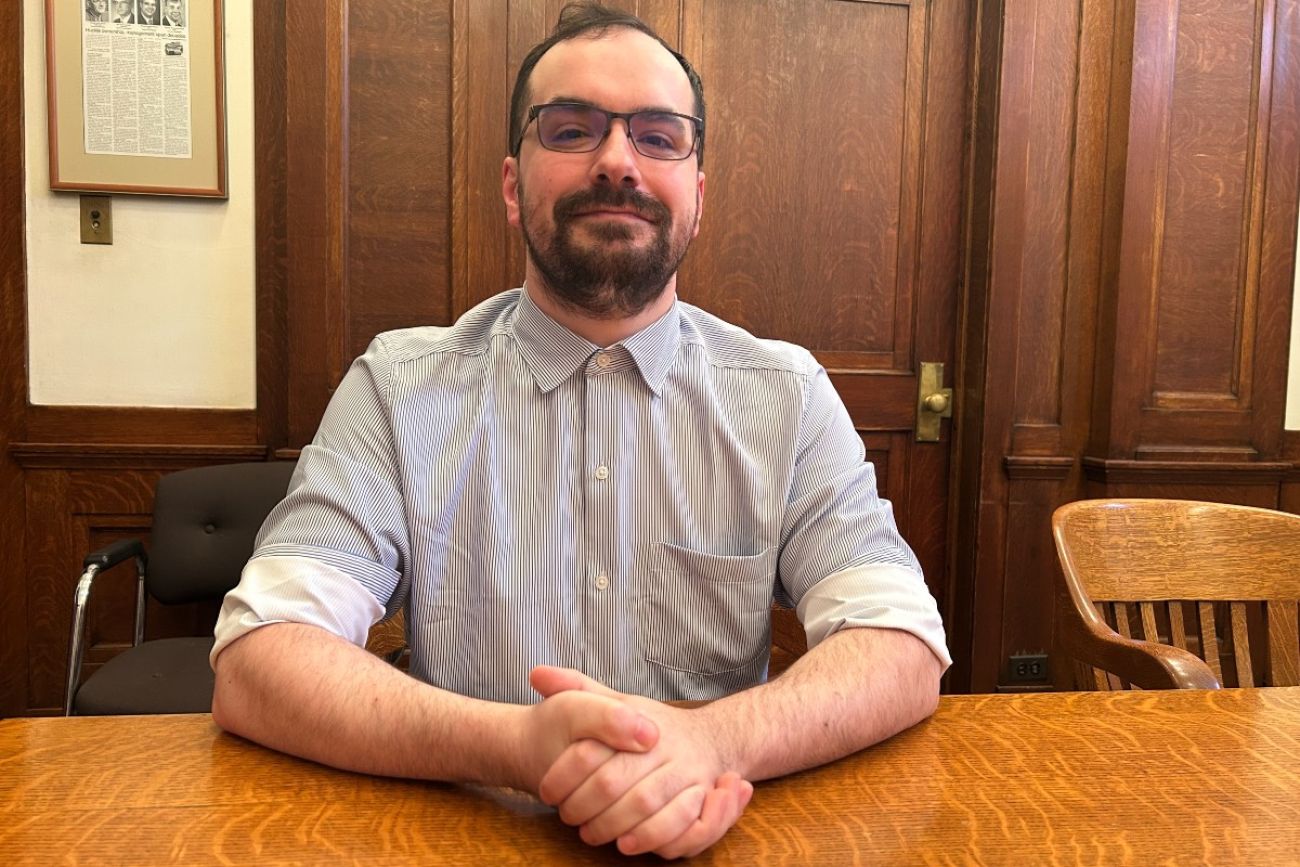
Calabrese explained there were some days when he wouldn’t get out of bed because of his depression, saying it was an “insurmountable challenge” for him. He would worry about work or other things going on in his life, leading to bad panic attacks.
Medicaid allowed Calabrese to address his mental health by paying for his psychiatrist and psychologist, prescriptions, doctor visits and yearly health checkups. Without Medicaid, he said, he couldn’t afford doctors’ visits and medication. It may have saved his life.
“With Medicaid, I basically have multiple lifelines that pulled me out of dark places,” he said.
Calabrese’s mental health improvements have led him to secure a full-time job and he can enroll in his company’s health insurance plan.
Though Calabrese will be off Medicaid, it’s tough for him to think about how the cuts could affect others.
“It's something that I am so thankful and lucky to have had,” Calabrese said. “I want it for everyone. My heart definitely goes out to anyone on it, or that's going to need it coming up here.”
This reporting is made possible by the Northern Michigan Journalism Project, led by Bridge Michigan and Interlochen Public Radio, and funded by Press Forward Northern Michigan.
See what new members are saying about why they donated to Bridge Michigan:
- “In order for this information to be accurate and unbiased it must be underwritten by its readers, not by special interests.” - Larry S.
- “Not many other media sources report on the topics Bridge does.” - Susan B.
- “Your journalism is outstanding and rare these days.” - Mark S.
If you want to ensure the future of nonpartisan, nonprofit Michigan journalism, please become a member today. You, too, will be asked why you donated and maybe we'll feature your quote next time!


